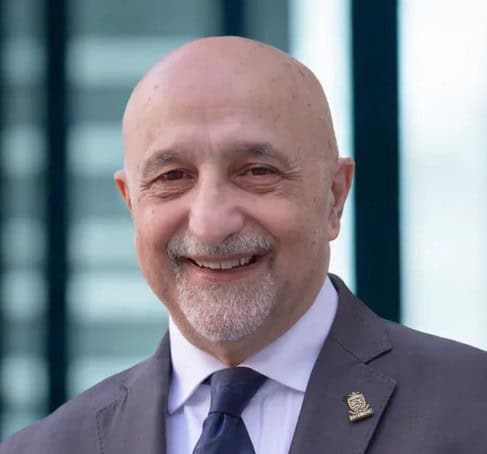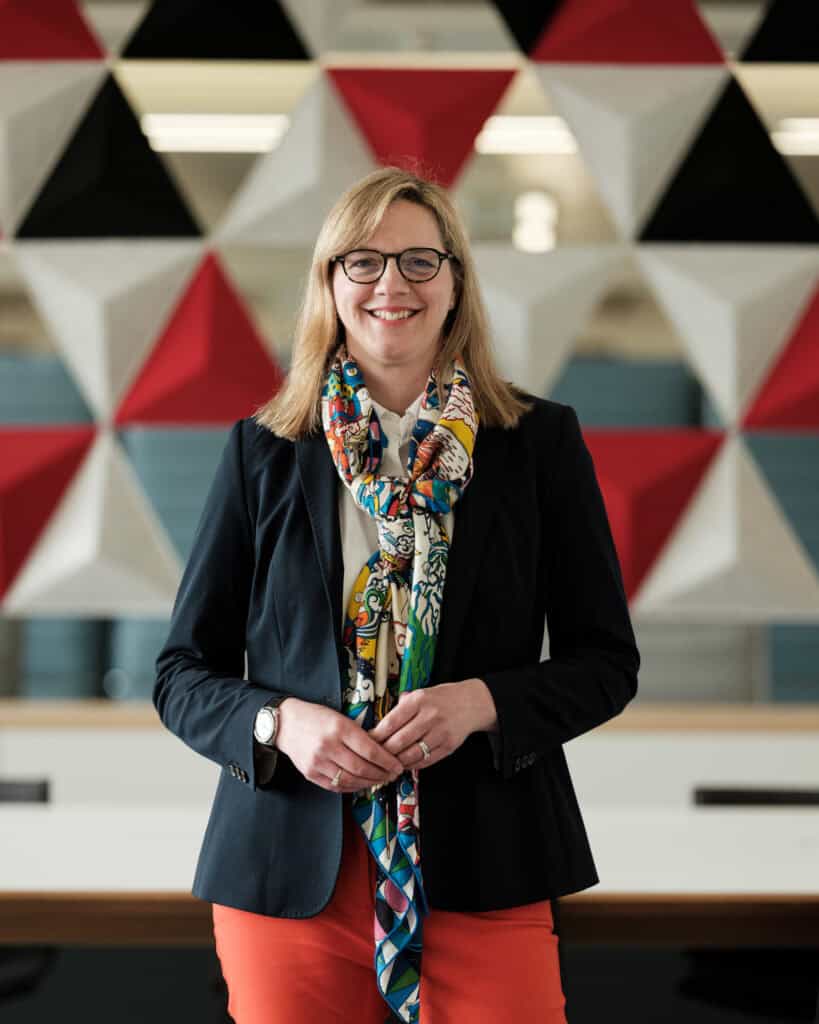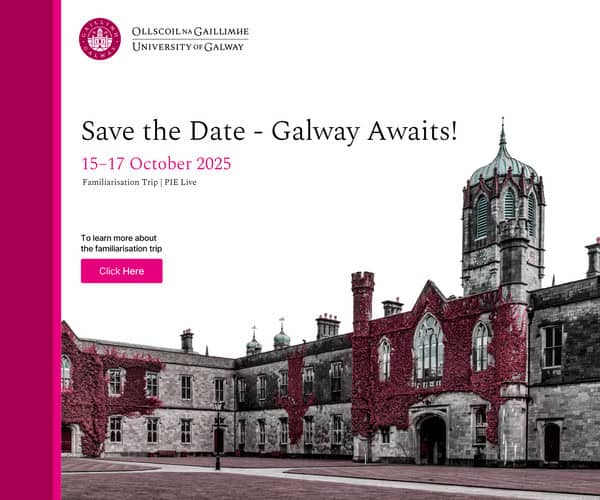It is tempting to regard AI as a panacea for addressing our most urgent global challenges, from climate change to resource scarcity. Yet the truth is more complex: unless we pair innovation with responsibility, the very tools designed to accelerate sustainability may exacerbate its contradictions.
A transformative potential
Let us first acknowledge how AI is already reshaping sustainable development. By mapping patterns in vast datasets, AI enables us to anticipate environmental risks, optimise resource flows and strengthen supply chains. Evidence suggests that by 2030, AI systems will touch the lives of more than 8.5 billion people and influence the health of both human and natural ecosystems in ways we have never seen before. Research published in Nature indicates that AI could support progress towards 79% of the Sustainable Development Goals (SDGs), helping advance 134 specific targets. Yet the same research also cautions that AI may impede 59 of those targets if deployed without care or control.
In practice, this means smarter energy grids that balance load and demand, precision agriculture that reduces fertiliser waste and environmental monitoring systems that detect deforestation or pollution in real time. For a planet under pressure, these scenarios offer hope to do less harm and build more resilience.
The hidden costs
Even so, we must confront the shadows cast by AI’s advancements. An investigation published earlier this year warns that AI systems could account for nearly half of global data-centre power consumption before the decade’s end. Consider the sheer scale: vast server arrays, intensive cooling systems, rare-earth mining and water-consuming infrastructure all underpin generative AI’s ubiquity. Worse still, indirect carbon emissions tied to major AI-capable firms reportedly rose by 150% between 2020 and 2023. In short, innovation meant to serve sustainability imposes a growing ecological burden.
Navigating trade-offs
This tension presents an essential question: how can we reconcile AI’s promise with its cost? Scholars warn that we must move beyond the assumption that ‘AI for good’ is always good enough. The moment demands a new discipline of ‘sustainable AI’: a framework that treats resource use, algorithmic bias, lifecycle impact and societal equity as first-order concerns.
Practitioners must ask not only what AI can do, but how it is built, powered, governed and retired. Efficiency gains that drive consumption higher will not deliver sustainability; they may merely escalate resource demands in disguise.
A moral and strategic imperative
For educators, policymakers and business leaders, this is more than a technical issue; it is a moral and strategic one. To realise AI’s true potential in advancing sustainable development, we must commit to three priorities:
Energy and resource transparency: Organisations must measure and report the footprint of their AI models, including data-centre use, water cooling, e-waste and supply-chain impacts. Transparency is foundational to accountability.
Ethical alignment and fairness: AI must be trained and deployed with due regard to bias, social impact and inclusivity. Its benefits must not reinforce inequality or externalise environmental harms onto vulnerable communities.
Integrative education and collaboration: We need multidisciplinary expertise, engineers fluent in ecology, ethicists fluent in algorithms and managers fluent in sustainability. Institutions must upskill young learners and working professionals to orient AI within the broader context of planetary boundaries and human flourishing.
MLA College’s focus and contribution
At MLA College, we recognise our role in equipping professionals at this exact intersection. Our programs emphasise the interrelationship between technology, sustainability and leadership. Graduates of distance-learning and part-time formats engage with the complexities of AI, maritime operations, global sustainable development and marine engineering by bringing insight to sectors vital to the planet’s future.
When responsibly guided, AI becomes an amplifier of purpose rather than a contraption of risk. Our challenge is to ensure that every algorithm, model and deployment contributes to regenerative systems, not extractive ones.
The promise of AI is compelling: more accurate climate modelling, smarter cities, adaptive infrastructure and just-in-time supply chains. But the challenge is equally formidable: rising energy demands, resource-intensive infrastructures and ungoverned expansion.
When responsibly guided, AI becomes an amplifier of purpose rather than a contraption of risk
Our collective role, as educators and practitioners, is to shape the ethical architecture of this era. We must ask whether our technologies will serve humanity and the environment or simply accelerate old dynamics under new wrappers.
The verdict will not be written on lines of code or boardroom decisions alone. It will be inscribed in the fields that fail to regenerate, in the communities excluded from progress, in the data centres humming with waste and in the next generation seeking meaning in technology’s promise.

About the author: Professor Mohammad Dastbaz is the principal and CEO of MLA College, an international leader in distance and sustainability-focused higher education. With over three decades in academia, he has held senior positions including deputy vice-chancellor at the University of Suffolk and pro vice-chancellor at Leeds Beckett University.
A Fellow of the British Computer Society, the Higher Education Academy, and the Royal Society of Arts, Professor Dastbaz is a prominent researcher and author in the fields of sustainable development, smart cities, and digital innovation in education.
His latest publication, Decarbonization or Demise – Sustainable Solutions for Resilient Communities (Springer, 2025), brings together cutting-edge global research on sustainability, climate resilience, and the urgent need for decarbonisation. The book builds on his ongoing commitment to advancing the UN Sustainable Development Goals through education and research.
At MLA College, Professor Dastbaz continues to lead transformative learning initiatives that combine academic excellence with real-world impact, empowering students to shape a sustainable future.




















